How To Play Cutthroat Pool? Basic Cutthroat Pool Rules Explained
Key Takeaways:
- What makes Cutthroat Pool a thrilling twist on traditional pool games?
- Discover the 4 simple steps to master the game and outlast your opponents.
- Uncover the essential rules that can change the course of play in surprising ways.
Intrigued? Scroll down to dive into the details and sharpen your skills!
What is Cutthroat Pool
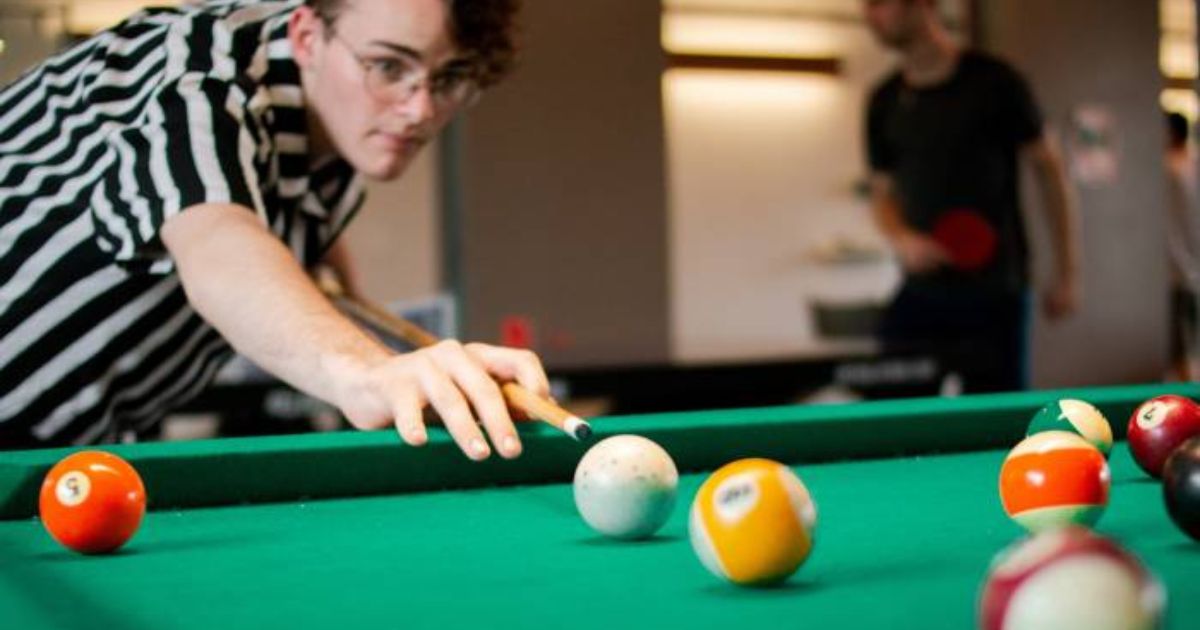
- About Number of Players: Cutthroat Pool is played with three or more players. The goal is to be the last person with any balls left on the table.
- Ball Assignment: The game uses 15 balls (numbered 1-15) and a cue ball. Players are assigned a group of balls at the start and aim to pocket their opponents’ balls while protecting their own.
- Legal Shots: Players continue shooting as long as they pocket balls legally. If all of a player’s balls are pocketed, they are out of the game but can rejoin if an opponent fouls.
- Winning: The last player with any balls remaining on the table wins the game.
How to play Cutthroat Pool in 4 Easy Steps
Before diving into a game of Cutthroat Pool, all players need to understand the basic rules. The game’s goal is to pocket your opponents’ balls while keeping yours on the table. You can continue shooting as long as you legally pocket a ball.
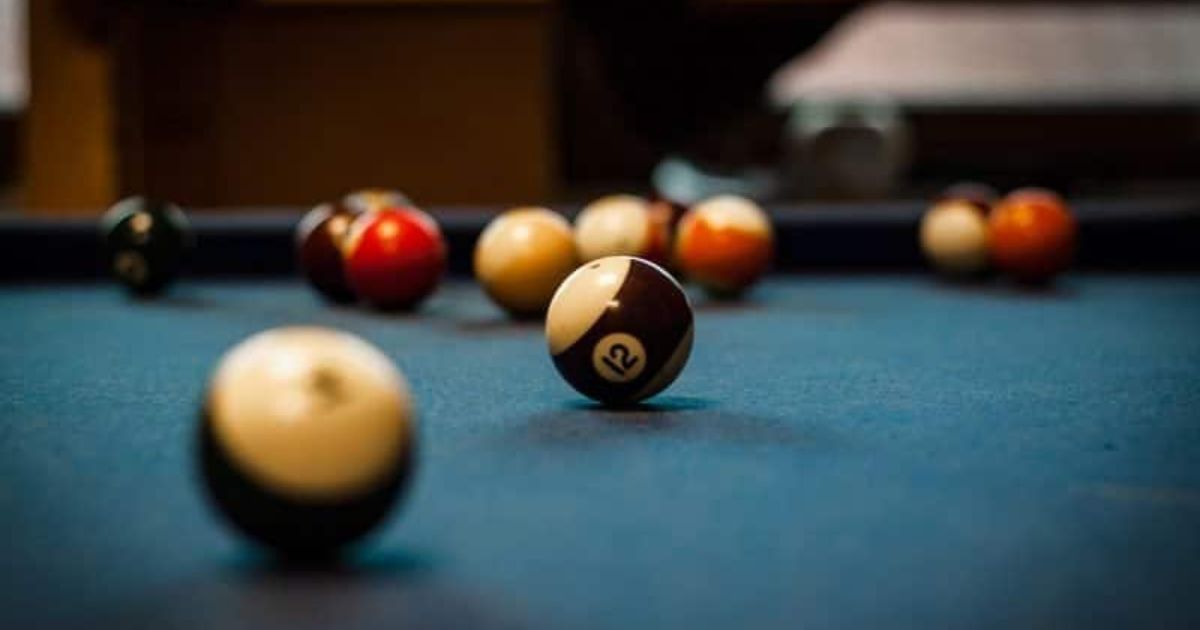
If you foul, scratch, or make an illegal shot, your turn ends. Players are eliminated when all their balls are pocketed, and the last person with any balls left wins.
Step 1: Assigning Your Ball Group
At the start of the game, divide the 15 object balls into groups based on the number of players. Each player is assigned a group (e.g., 1-5, 6-10, or 11-15 for three players). Your goal is to defend your group of balls while aiming to pocket the other players’ balls.
Step 2: Setting Up the Rack
Place all 15 balls in a standard triangular rack, with the 1-ball at the top, the 6-ball in one corner, and the 11-ball in the other. Make sure the balls are tightly packed to ensure a solid break.
Step 3: Breaking in Cutthroat Pool
The first player breaks the rack using the cue ball, aiming to scatter the object balls across the table. A legal break requires at least four balls to hit a rail, or one ball must be pocketed. If not, the next player can choose to re-rack and break again.
Step 4: Taking Your Turns
Players take turns trying to pocket their opponents’ balls. As long as you sink a ball legally, you keep shooting. If you scratch or miss, your turn ends. The game continues until all players except one have been eliminated. The last player with any balls remaining wins.
6 Cutthroat Pool Rules
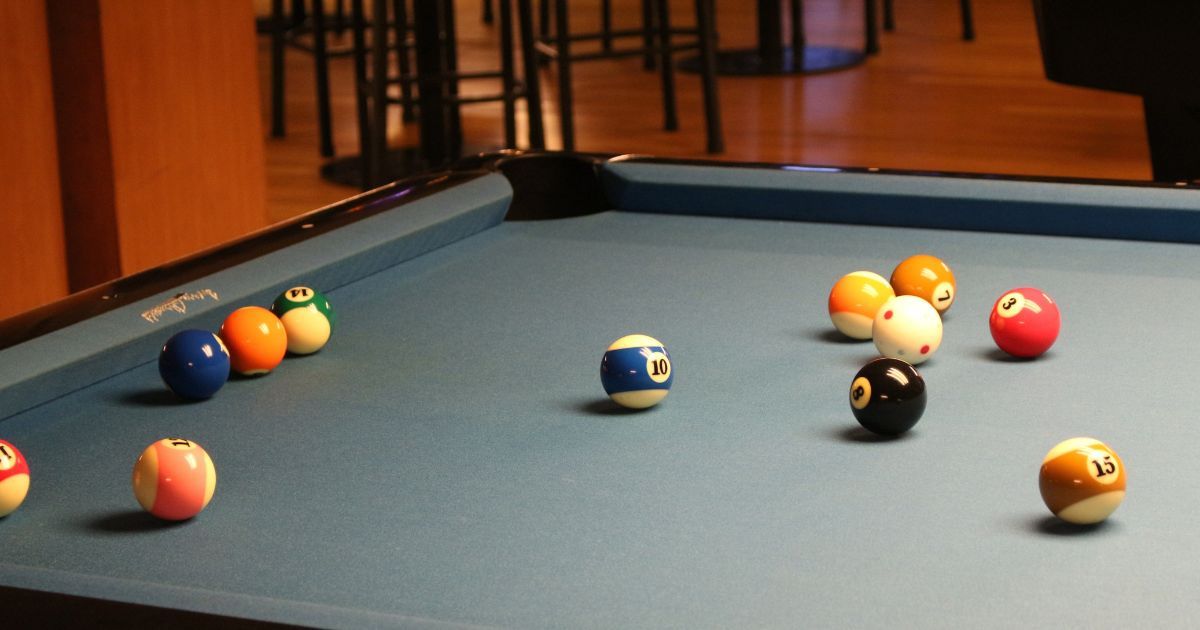
1. Determine group
Before starting, players need to establish their ball groups. Here are three common ways to do this:
- Traditional Way: Players can only claim a group after pocketing at least one ball from each of the other groups. For example, in a three-player game, pocketing the 3-ball and 12-ball allows a player to claim the 6-10 group.
- Common Way: In casual settings, players often claim a group as soon as they pocket a ball. The first player to sink a ball on the break gets to choose their group, the second picks next, and the third player is left with the remaining group.
- Assign Groups Before the Game: Some prefer to decide groups before playing. Players simply choose their group of numbers and start. While convenient, this method can be risky because players might accidentally sink their own balls on the break.
2. Racking
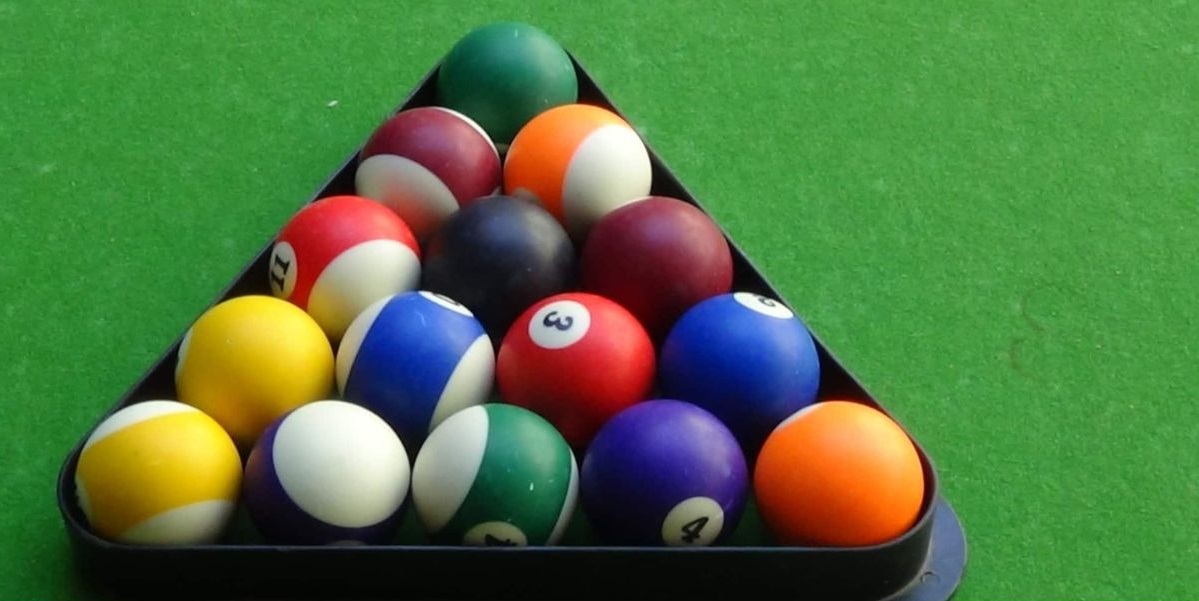
Racking for Cutthroat is similar to the standard pool. Use a triangle rack, placing the 1-ball at the top, the 6-ball in one corner, and the 11-ball in the other. The remaining balls don’t need a specific order, but make sure the 1-ball is at the footpot.
The cue ball starts behind the head string, which is an imaginary line across the table’s width. Make sure the rack is tight to ensure a solid break.
Want to learn how to rack pool balls properly? Read this article: How To Rack Pool Balls Like a Pro in 7 Steps
3. Break
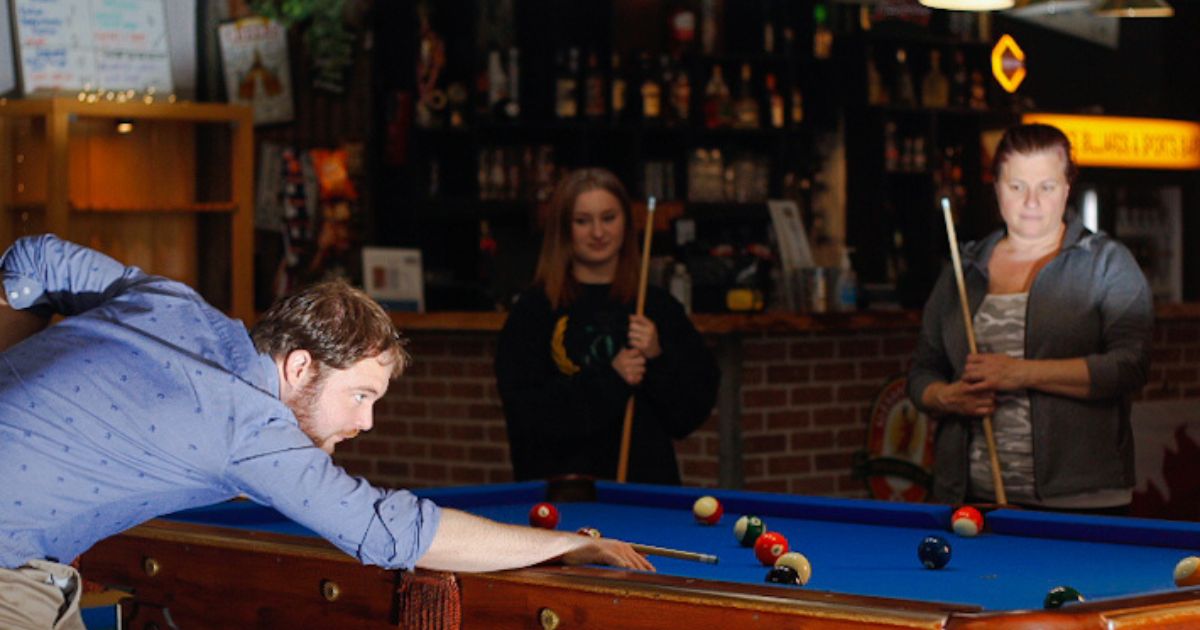
A proper break is crucial for a good start. In Cutthroat, the first player must make an “open break” where at least four balls hit the cushions. If not, the next player can request a re-rack. The quality of the break depends on technique and a good pool cue. If balls stay clustered, double-check the rack’s tightness to ensure they separate well.
4. Legal shots

To make a legal shot, players must first hit an opponent’s ball, and at least one ball must touch a cushion. This rule prevents placing balls in unfavorable positions for the next player. If a player pockets a ball illegally, it is returned to its original spot, and their turn ends.
5. Fouls
Fouls in Cutthroat are similar to those in other pool games. Common fouls include:
- Knocking the cue ball off the table
- Double-hitting the cue ball
- Pushing the cue ball instead of striking it
- Moving any ball with a cue stick or hand
- Performing illegal jump shots like scoop shots
If a player fouls, their shot is considered illegal, and any pocketed balls are restored to their original positions. If the player accidentally pockets their own ball during the foul, it remains pocketed, and they lose their turn.
6. Scratches
A scratch occurs when the cue ball is accidentally pocketed. In Cutthroat, this has significant consequences, as it allows other players to return one of their pocketed balls to the table. If no players have pocketed balls, play continues as usual. The player following the scratch places the cue ball behind the head string and resumes play.
FAQs
What is a legal shot?
In Cutthroat Pool, a legal shot requires the player to make contact with an opponent’s ball first, followed by at least one ball making contact with a cushion. This is done to ensure that players aren’t aiming to put the ball in a bad position for the next guy up. If you miss a legal shot and the ball goes in, that player’s ball will be returned to its original position, and the player who hit the cue ball will lose their turn.
Read also: What Are Pool Bank Shots?
Can we play cutthroat pool with more than 3 people?
Yes, in fact, Cutthroat Pool is sometimes called a three-person pool game since it is popularly played with 3 players. However, it can be played with more than 3 people. Because it’s a 15-ball game, it can be played by multiple people as long as the object balls are split evenly into sets. The cutthroat pool is a versatile multiplayer game that may accommodate two players with seven balls in each set to seven players with two balls in each set.
Can players hit their own balls in Cutthroat Pool?
In Cutthroat Pool, players cannot intentionally hit their own balls first. To make a legal shot, a player must hit an opponent’s ball before any other ball. If a player hits their own ball first, it’s considered a foul, and their turn ends. The goal is to pocket your opponents’ balls while keeping your own on the table to avoid elimination.
Can we play cutthroat pool with more than 3 people?
Yes, in fact, Cutthroat Pool is sometimes called a three-person pool game since it is popularly played with 3 players. However, it can be played with more than 3 people. Because it’s a 15-ball game, it can be played by multiple people as long as the object balls are split evenly into sets. The cutthroat pool is a versatile multiplayer game that may accommodate two players with seven balls in each set to seven players with two balls in each set.

Dave Pearson
Dave Pearson, the world's leading pool entertainer, is renowned globally as the ultimate exhibition player.
Boasting 20 world records endorsed by the prestigious Guinness Book of World Records, Dave established a legendary history in the sport industry.

